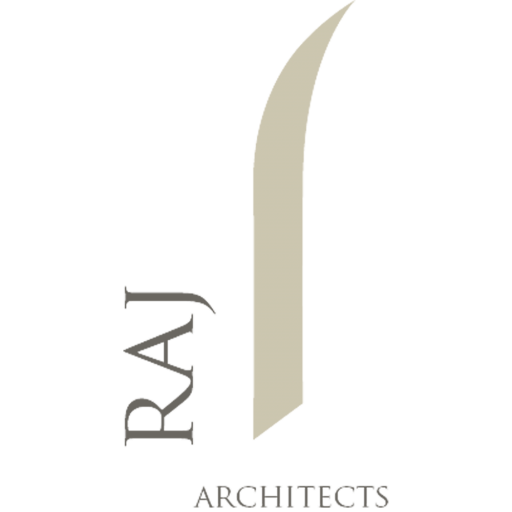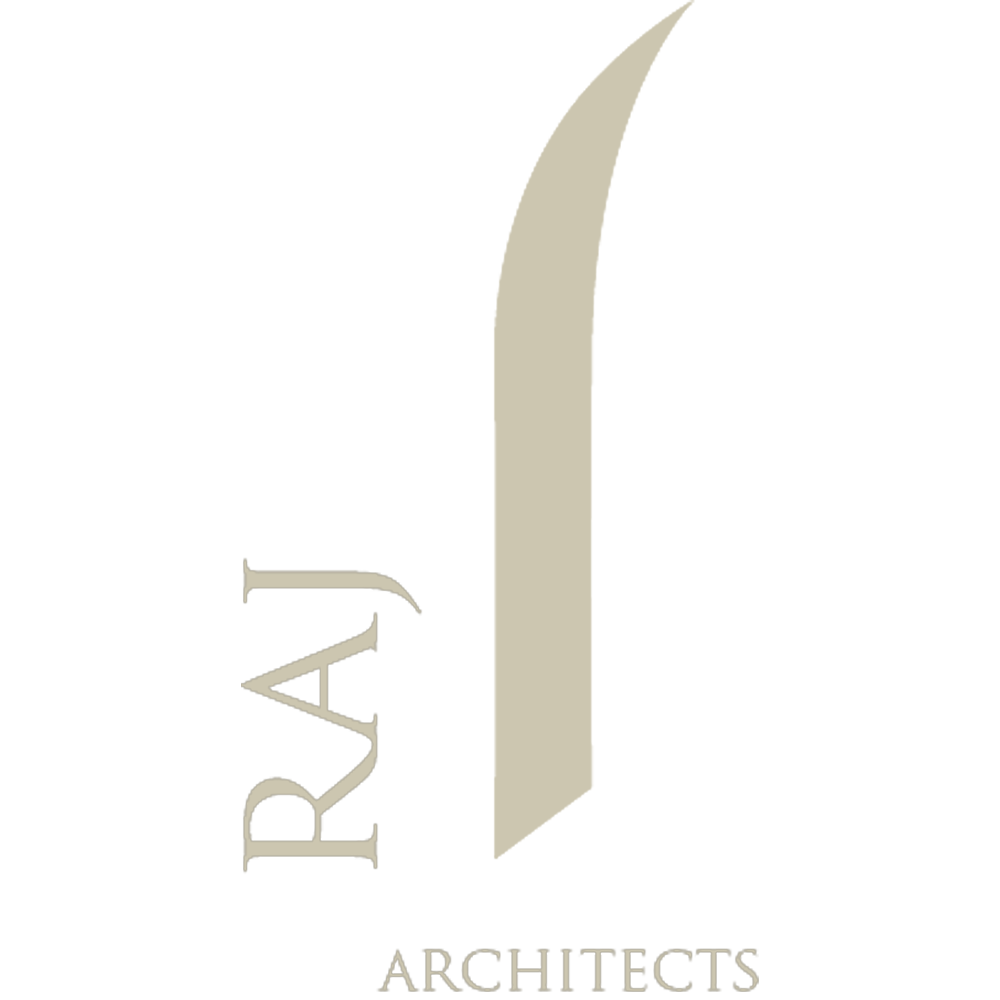Office design and planning is a critical aspect of any business operation, and it is important to have an expert architect guide you through the process. The design of an office can significantly impact the productivity and efficiency of employees, as well as the perception of the company by clients and visitors. In this article, we will discuss some of the key factors to consider when designing and planning an office space.
Understanding the Needs of the Company and its Employees
The first step in office design and planning is to understand the needs of the company and its employees. This involves evaluating the functions and activities that take place in the office space, as well as the number and type of employees who will be using it. A top architect can work with the company to determine the optimal layout and design to meet these needs.
Maximizing Natural Light
One important consideration in office design is the use of natural light. Natural light has been shown to improve productivity and well-being among employees. Therefore, an office should be designed to maximize the amount of natural light that enters the space. This can be achieved through the placement of windows and skylights, as well as the use of light-colored walls and furniture.
Flexibility and Adaptability Office
Design should also prioritize flexibility and adaptability. The needs of a company and its employees may change over time, so it is important to create a space that can easily be adapted to meet these changing needs. This can be achieved through the use of modular furniture and partitions that can be easily moved and reconfigured as needed.
Incorporating Technology
Another key aspect of office design is the use of technology. In today’s digital age, technology is an integral part of any business operation, and it is important to have an office that is equipped with the latest technology. This includes high-speed internet, video conferencing capabilities, and other tools that allow employees to collaborate and communicate effectively.
Collaborative Spaces
Collaboration is a key component of many businesses, and the office design should reflect this. Collaborative spaces such as meeting rooms, brainstorming areas, and open workspaces can foster creativity and productivity among employees. The best architects can work with the company to determine the best locations and designs for these collaborative spaces.
Prioritizing Employee Health and Well-Being
In addition to technology, office design should also consider the health and well-being of employees. This involves creating a comfortable and ergonomic workspace that minimizes the risk of injury and strain. This can be achieved through the use of adjustable desks and chairs, proper lighting, and other ergonomic features.
Aligning Design with Company Branding and Image
When planning an office space, it is also important to consider the branding and image of the company. The design and layout of an office can convey a message to clients and visitors about the values and culture of the company. Therefore, an experienced architect can work with the company to ensure that the office design aligns with the company’s brand and image.
Staying Within Budget Constraints
Finally, it is important to consider the cost and budget of office design and planning. An experienced architect can work with the company to develop a design that meets the needs of the company while staying within budget constraints. This may involve selecting materials and finishes that are cost-effective without sacrificing quality or functionality.
Sustainability
Sustainability is becoming increasingly important in office design and planning. A sustainable office design can not only benefit the environment, but it can also improve employee well-being and reduce operating costs. An architect can work with the company to incorporate sustainable features such as energy-efficient lighting, green materials, and water-saving fixtures.
Conclusion
In conclusion, office design and planning is a critical aspects of any business operation, and it is important to work with an experienced architect to ensure that the space meets the needs of the company and its employees. The best architects understand the importance of natural light, technology, employee health and well-being, branding, and budget considerations in office design and planning. By taking these factors into account, an architect can create an office space that is both functional and aesthetically pleasing, and that supports the productivity and success of the company.



Sovereign Architects
February 21, 2024
I can see how much hard work and time it takes to create this structure.